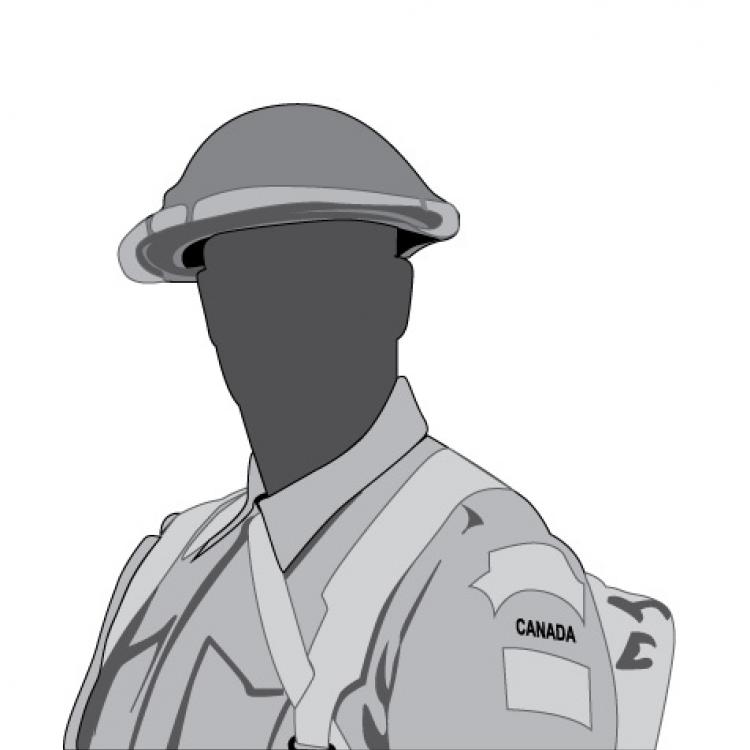MAYBURY (Mayberry), William Arthur
DIVISIONAL UNIT: 4th Canadian Infantry Division
10th Infantry Brigade,
4th Canadian Division Trench Mortar Group
10th Trench Mortar Battery,
Canadian Field Artillery
SERVICE NO: 127618
RESIDENCE: Brussels - Ontario
DATE OF BIRTH: May 2, 1892
Sheffield – Yorkshire - England
DATE OF DEATH: December 1, 1917 25 years 7 months
CEMETERY: Abbeville Communal Cemetery Extension – Abbeville –
Somme – France
III E 25
SISTER: Miss Elsie Maybury – Brussels - Ontario
Occupation: Farmer Religion: Methodist
Enlistment: November 19, 1915 – Brussels – Ontario into 71st Battalion
Enlistment Age: 23 years 6 months
William was a Bernado boy and was sent to Brussels. William was one of three siblings who came from the poverty and the slums of a steel town in northern England. William and his siste Elsie first came to Canada in 1903 and his brother George came years later. Each were sent their own way and they were not told where their other siblings were. Years after being in Canada he would again see his sister Elsie and brother George before enlisting and going overseas. William kept in touch with Elsie and wrote her numerous letters from the front.
Private Maybury left the shores of Canada on the S.S. Olympic and arrived in Liverpool April 11, 1916. On May 28th he transferred to the 10th Brigade Trench Mortar Battery based at Oxney Camp, Hampshire and then in August transferred to the 47th Battalion. He was finally taken on strength with the 10th Trench Mortar Battery of the 47th Battalion and proceeds overseas on August 10, 1916. He joins the 10th Trench Light Mortar Battery in the field on August 14, 1916.
The Light Mortar Batteries were operated by the infantry as they were reasonably light and were mobile. The drawback was there was no ammunition columns for them and as such the infantry was responsible for getting the ammunition to the front for this equipment. The light mortar used was the Stokes 3” and this used a 3” bomb weighing 10 pounds with a modified hand grenade fuse. This equipment could fire 20-22 rounds per minute up to a distance of 700 yards.
A Battery consisted of 8 guns. These guns were excellent for destroying enemy trenches because when fired the bomb trajectory was very high and the bomb fell onto the enemy positions in a vertical path.
During 2007, in a muddy field near the city of Lens, France a trench pit from World War I was uncovered and provided a story to one of the fiercest battle of the war. The pit was determined to be German. A small band of Canadians from the Canadian 2nd Division (Cpl. Maybury was attached to this division at the time) later captured this location, but the German defenders had defended bitterly and used artillery, mustard gas and flame throwers on the Canadians. The Battle for Hill 70 lasted ten days - August 15-25, 1917.
We have learned that Corporal Maybury was involved in this battle and survived the onslaught, only to be very seriously wounded by shrapnel in the left arm, left side and leg on October 28th at Passchendaele. He is taken to No. 8 Canadian Field Ambulance and on November 5, 1917 he is moved to No. 3 Australian Casualty Clearing Station - Brandhoek and is now reported to be dangerously ill. On November 14th he is taken to No. 2 Stationary Hospital in Abbeville, France. We also know that the 10th Infantry Brigade had been under constant enemy shell fire for two days. During the day of the 28th the Battalion was consolidating their positions. During the evening of October 28th the enemy attempted a counter attack and immediately the 10th Brigade advanced on the enemy and drove them back. The Trench Mortars were not as successful as planned at this time due to the condition and the lay of the land. It was very difficult to bring supplies forward and only partial loads could be handled by the men and the pack animals. Moving the trench mortars from one position to another was extremely difficult because of the condition of the terrain.
Corporal Maybury died at No. 2 Stationary Hospital located at Abbeville from his wounds on December 1, 1917 at the age of 25.


